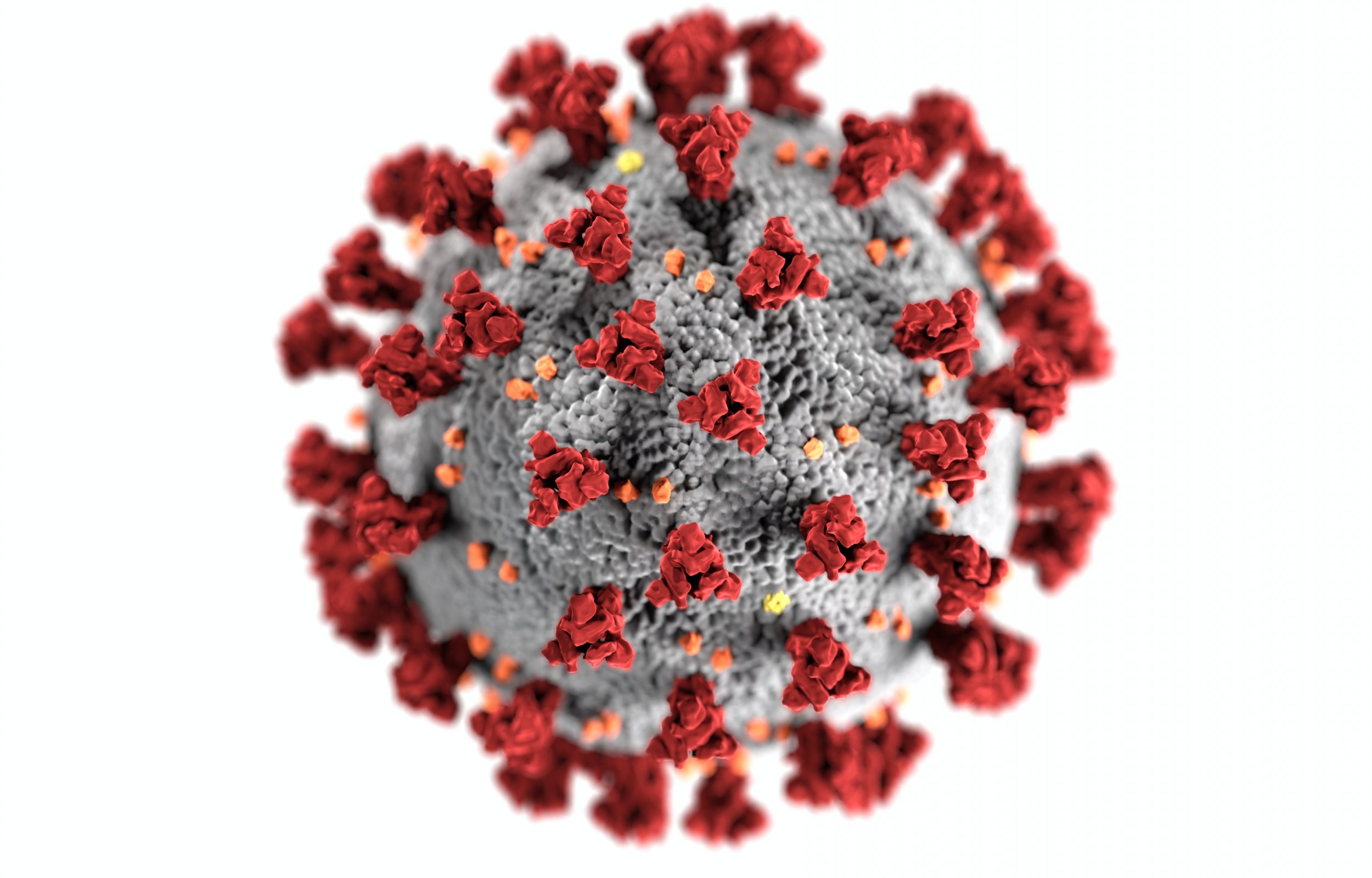What's in this podcast?
In this episode, Jason Foster speaks with Dr. Johanna Hutchinson, UK Health Security Agency’s Director of Analytics & Data Science and DataIQ’s third most influential person in Data (dataIQ 100 The Most Influential People in DATA 2021), about using data to manage the UK’s COVID response.
Listen to this episode on Spotify, iTunes, and Stitcher. You can also catch up on the previous episodes of the Hub & Spoken podcast when you subscribe.
What are your thoughts on this topic? We’d love to hear from you; join the #HubandSpoken discussion and let us know on Twitter and LinkedIn.
For more on data, take a look at the webinars and events that we have lined up for you.
One Big Message
More than anything else, collection of data and information – and using it in formulating decisions, is necessary to fight the worldwide health crisis brought by the COVID-19 pandemic.
[02:42] Data management of National Health Security in the first months of the pandemic
[05:26] Managing the impact of the current pandemic and potential future pandemics
[12:42] Advice given by Joint Biosecurity Centre during the early pandemic times
[16:01] Five elements of criteria in effect of COVID-19 data response
[26:31] Partnership with other data and research groups and public dissemination of information
Actions in the first months of pandemic
In the first months of rapid transmission of COVID-19, governments and frontline data groups experienced difficulty in gathering information about this emerging virus that aggressively took over almost the whole world. Immediate actions had to be implemented and the most appropriate measure was the national lockdown. This measure helped restrain further transmissions.
The test and trace program was born from the Department of Health and Social Care to track down the spread of the virus. Alongside this operation, data gathering about the disease and possible efficient measures was done. However, this activity can be quite challenging especially when it’s being done by the department battling with the disease.
This is how the Joint Biosecurity Centre (JBC) was formed. Collecting information was done in a more extensive way to help the test and trace program combat this infectious disease.
The accumulated knowledge about the pandemic, and the efficient measures taken, are not just reviewed for the current situation but also a response to potential pandemics in the future. Decisions made were evidence-based, according to the results of relevant research.
Guidelines on different alert levels were made based on the need for appropriate restrictions. Especially when COVID variants arose, the need for systematic decisions was clearly evident.
Elements considered in the COVID-19 data response
- Case rates. Comparing the increase or decrease of cases from the previous to the current statistics will tell how efficient the data response and implemented measures are.
- Hospital capacity. This is a contemporary “critical factor to determine what action needs to be taken when our hospitals have been overrun with COVID patients.”
- Time to action. Lockdown protocols and health guidelines need proper timing to be implemented, especially the restrictions and allowance of some activities that might affect the circumstances of the pandemic.
- Vaccine. The rollout and process of vaccination is necessary to attain the desired herd immunity.
- Effectiveness of vaccines. This may reflect on the hospitalisations after vaccination.
Partnership with other data and research groups and public dissemination of information
Collaboration of data groups is necessary in order to come up with accurate and relevant information. Recently implemented programs in response to COVID-19 need periodical remodeling to adapt to the recent changes within this worldwide health crisis. Statisticians, epidemiologists, health analysis team, and academicians need to work together in studying data at this time, especially when some aspects about this pandemic remain unknown.
Data officers are responsible for proper dissemination of data. Essential backgrounds about COVID-19, health protocols, and lockdown guidelines must be properly presented.
To summarise
The battle with the virus needs to be defended by efficient measures, and combated with information gathered which is critical to the success in the crisis response. This is where it’s necessary to collect and evaluate relevant data. Case rates, hospital capacity, timing, and vaccines are key elements to verify the effectiveness of implemented guidelines. Transparency of essential information must be upheld.




